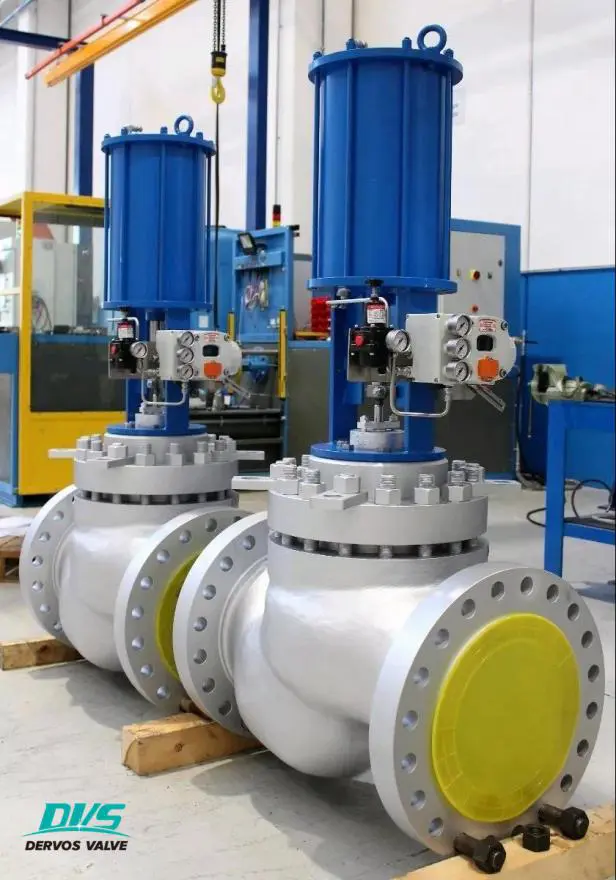On the contrary, after the closed valve is suddenly opened, it will also produce a water hammer, called a negative water hammer, which also has a certain destructive power, but it is not as large as the former.
Usually, the closing element suddenly sucks into the valve seat when the valve is close to closing, which is called the cylinder blocking effect.
Although the water hammer produces a lot of noise, the real damage is caused by mechanical failure. Because the kinetic energy changes drastically into a static line pressure, the water hammer can break the line or damage the pipe support and damage the pipe joint. For valves, water hammer can cause severe vibration through the spool, which can cause failure of the disc, gasket or packing.
For valves, the way to prevent water hammer is to prevent any sudden pressure changes in the system.
To prevent pressure fluctuations, the valve should be closed at a uniformly varying speed. In some cases, when using the fast-open feature, it may be required to change to an equal percentage characteristic. For control valves, the water flow must be throttled when approaching the seat, an actuator with a sufficiently large output thrust, such as a piston-type pneumatic actuator or a hydraulic actuator, or a special notch on the stroke sleeve of a manually rotating operator.
Setting a type of anti-fluctuation on the pipeline system also reduces water hammer effect. This can be done by using a pressure relief valve or a buffer tank. In addition, gas can be injected into the system, and gas injection can reduce the density of the fluid and provide some compressibility to handle any sudden fluctuations.

Next: Three designs of Gate Valve Stem
Previous: The Function of Valve Heating Jacket
